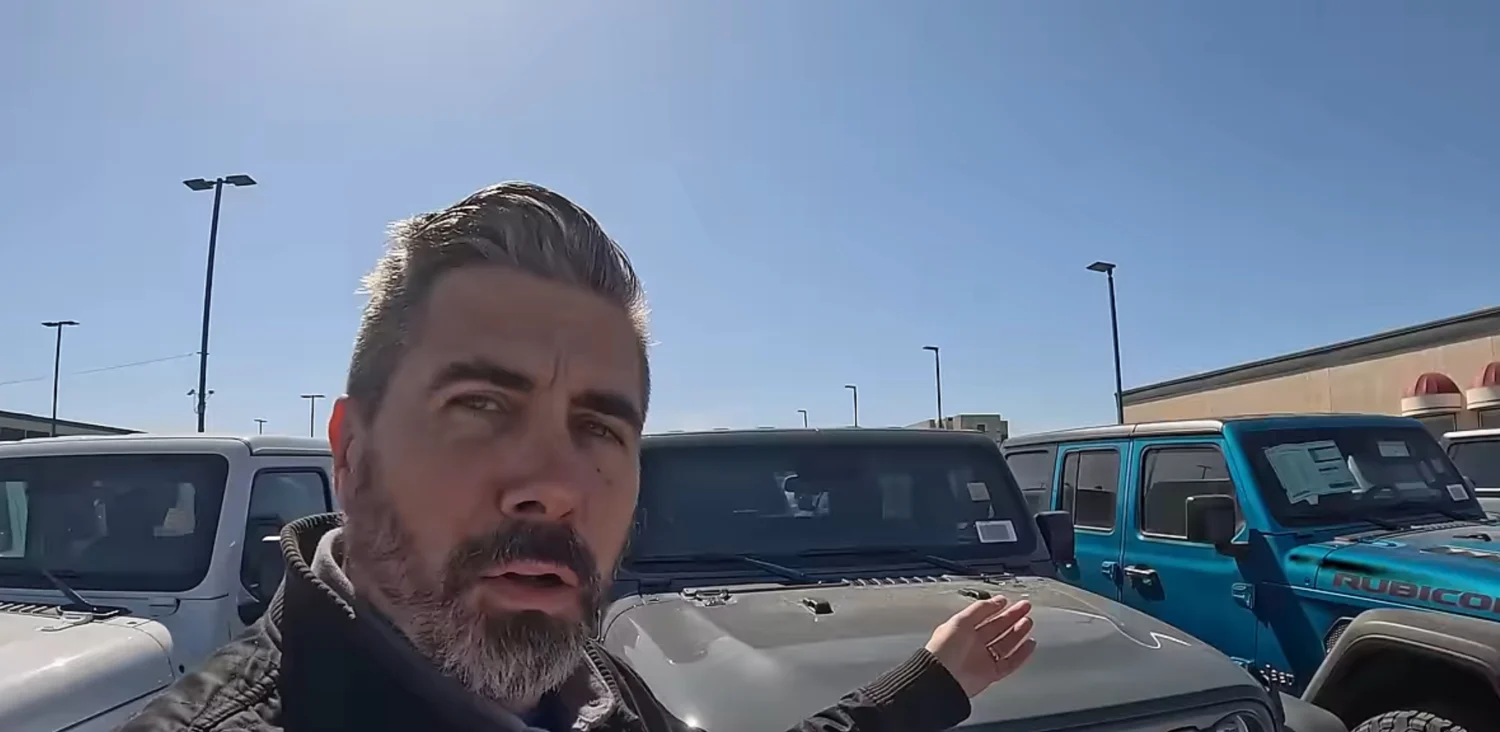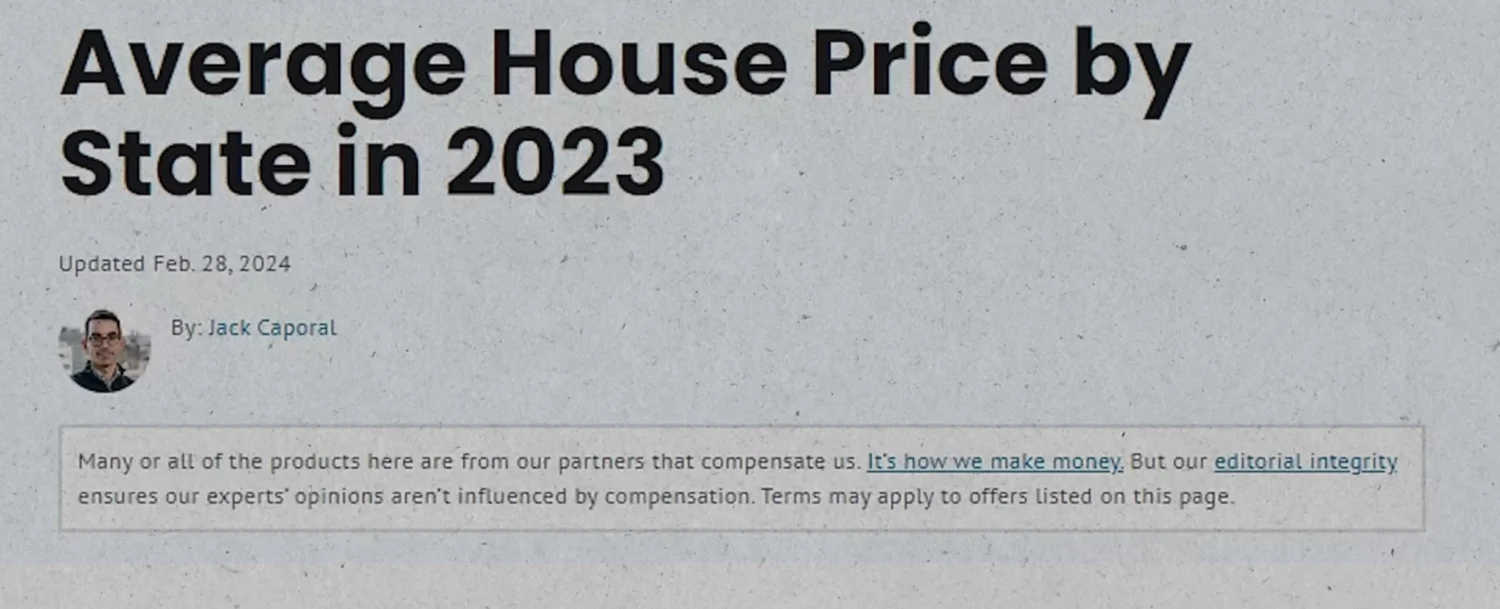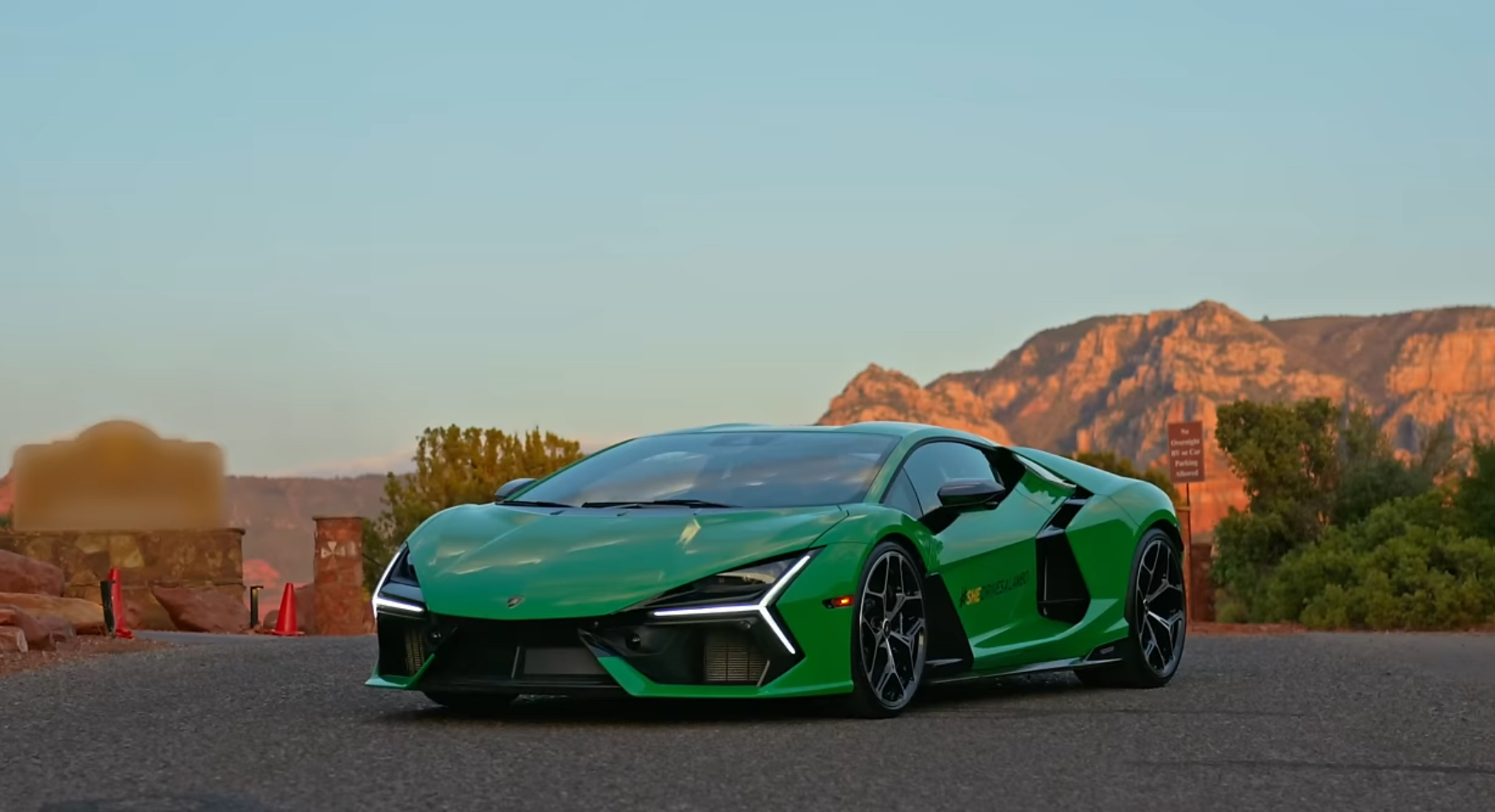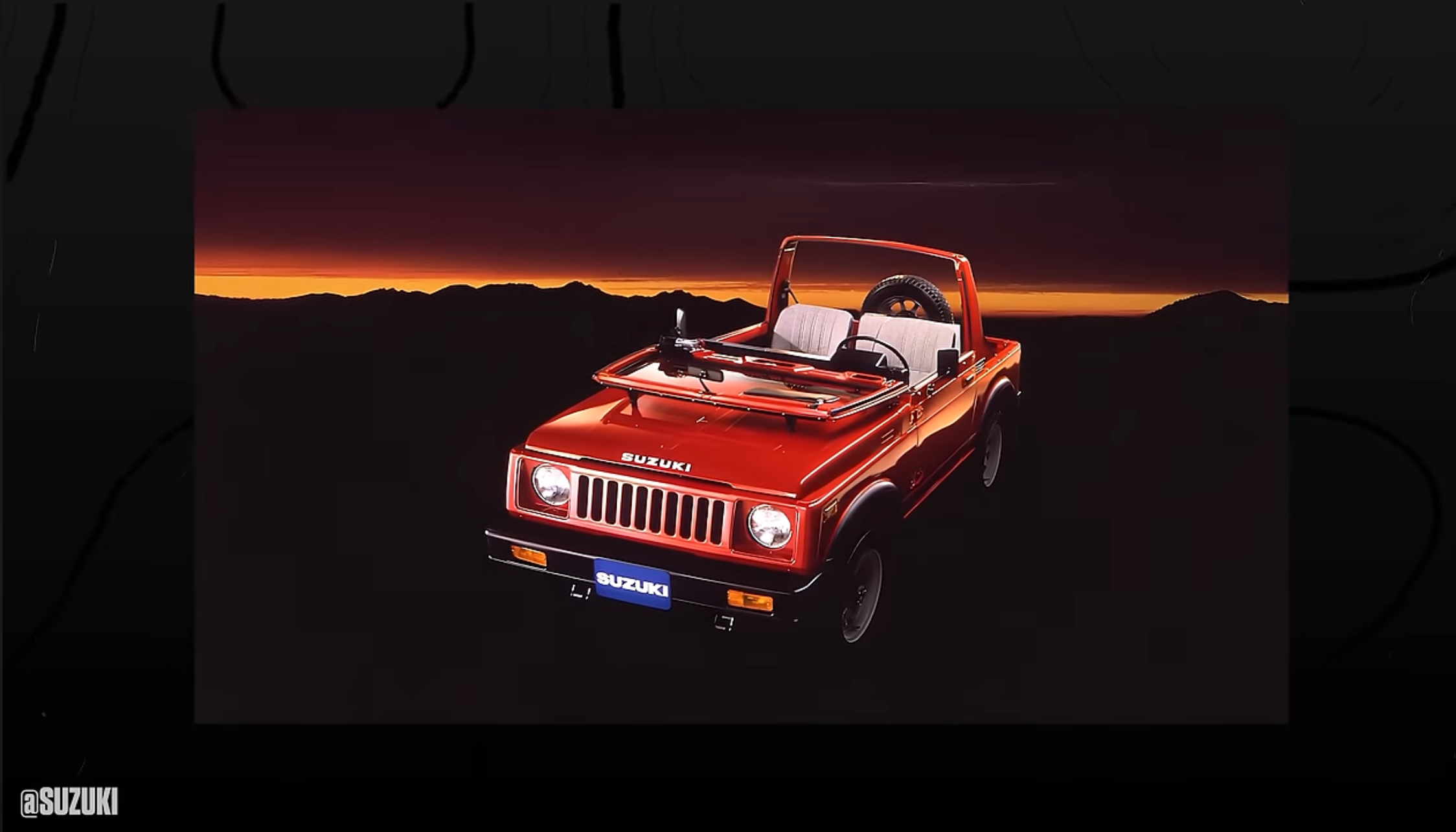The car market is in chaos, and it’s not just whispers in the corners of dealerships or quiet observations at auctions—it’s screaming it loud and clear. From skyrocketing prices to repossessions piling up, the market is telling a story of overextension, broken financing models, and consumer exhaustion.
The Elephant on the Lot: Overpriced and Unsold
Take a walk down the rows of a dealership lot today, and you’ll see it. Trucks priced at $85,000, SUVs at $118,000, and even base models creeping into luxury territory. A Jeep Wrangler Sport—a vehicle that once symbolized rugged simplicity—now carries a sticker price of $66,000. Ford Mavericks, which were nearly impossible to find just two years ago, now sit unsold by the dozen.
Even with dealerships slashing prices—$8,000 off here, $10,000 off there—buyers just aren’t biting. A Ford Explorer, for instance, advertised for $39,000 after discounts, hasn’t moved despite being marked well below MSRP.


Negative Equity: A Crushing Weight
The average American family is stretched thin. Inflation, stagnant wages, and rising costs of living have all contributed to a financial strain that makes car payments feel impossible.
Here’s the kicker: the average negative equity in the U.S. is $7,200, meaning consumers owe significantly more than their vehicles are worth. For one in five car owners, that number climbs to $10,000. This level of debt means fewer trade-ins, fewer upgrades, and a cascading slowdown in the car market.
Repossessions: A Grim Statistic
Repossessions are at a 30-year high. The cars lining auction lots aren’t just trade-ins; they’re repossessed vehicles, abandoned by consumers who simply couldn’t keep up with payments. These vehicles often show the strain—dirty, damaged, neglected—because, as one dealer put it, “Why take care of a car you know you’re going to lose?”
Adding to the crisis, there aren’t even enough tow truck drivers to keep up with the surge in repossessions.
Dealers and Auctions: A Market in Freefall
Dealerships are struggling. Franchise lots are overloaded with inventory they can’t move, while independent dealers are scrambling to unload cars at auctions. Even auctions—once a reliable safety net—are seeing empty rows because there simply aren’t enough trade-ins coming through.
The vicious cycle is clear: consumers can’t afford to buy new cars, which means dealerships can’t take in trade-ins, leaving auctions without inventory and used car dealers scrambling to fill their lots.
The Cost of Living: A Perfect Storm
The broader economic picture isn’t helping. Inflation is squeezing every aspect of daily life. Grocery bills, rent, mortgage payments, and, yes, car payments have all soared. The average new vehicle loan payment is $750 a month, with some buyers facing payments of $1,000 or more. Add in insurance and gas, and that monthly cost climbs to $1,500—a figure that’s simply out of reach for many.

Lessons from the Auction Block
As a used car dealer, I see the effects firsthand at auctions. Dealers are desperate, trying to offload vehicles they overpaid for, only to find there’s no demand. Repossessed cars are flooding in, but the buyers aren’t there.
Even with prices dropping—wholesale values have plummeted 18% in the last quarter—it’s not enough to reignite demand. The consumer base is simply too strapped.
A Broken System
The root of the problem is clear: the market has been overinflated for years. Vehicles that used to cost $20,000 now carry price tags of $50,000 or more. Loans that used to span four or five years are now being pushed to seven or even eight years. And while wages have barely budged, every other cost has exploded.
The Road Ahead
This isn’t just a hiccup—it’s a reckoning. The car market, propped up by inflated prices and cheap loans for too long, is now collapsing under its own weight. Consumers can’t afford it, dealers can’t sell it, and the system can’t sustain it.
For more insights into the used car market, repossession trends, and practical advice to navigate this volatile landscape, visit Car Questions Answered on YouTube. Let’s navigate this storm together.




